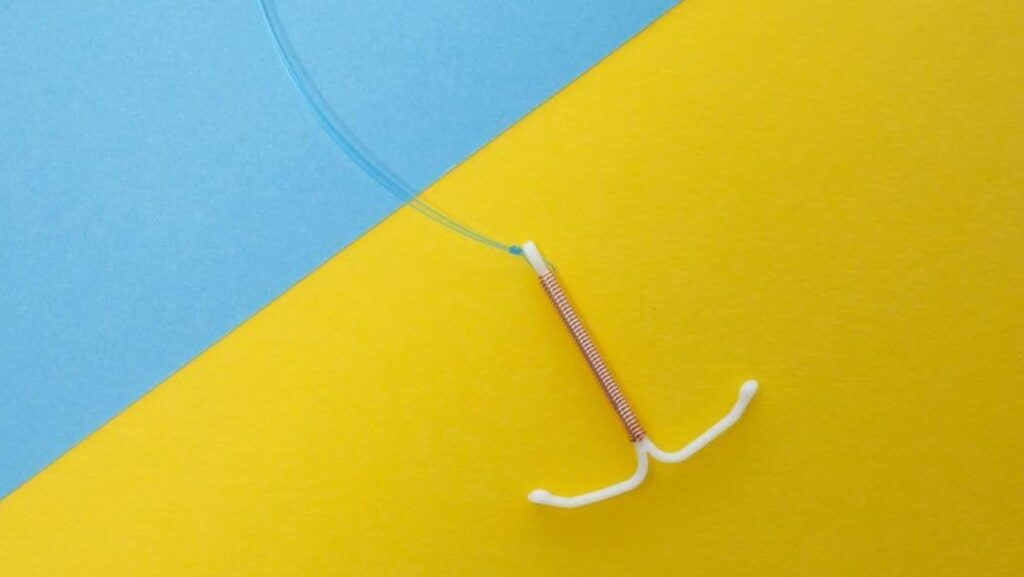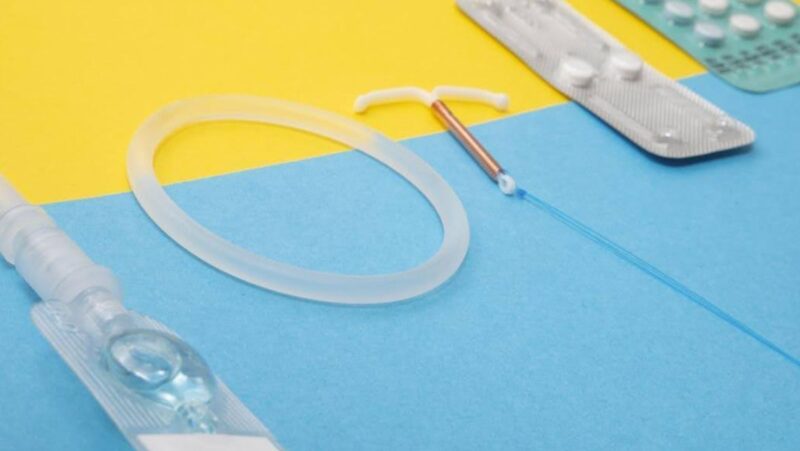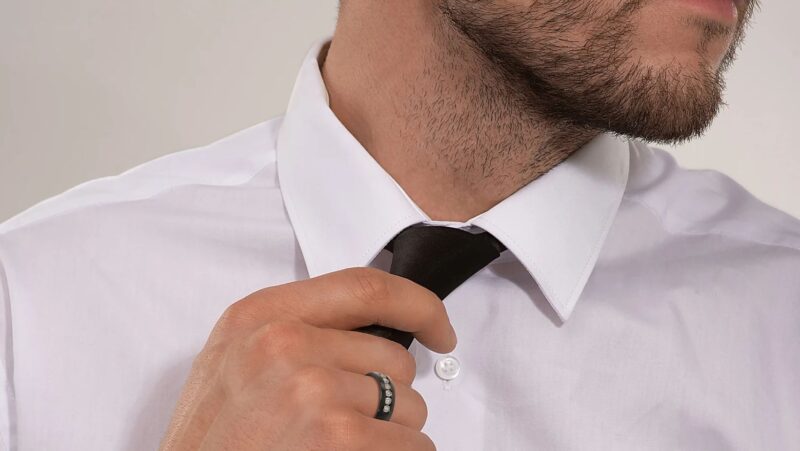
When it comes to birth control, the options available to women are numerous, each having its unique advantages and considerations. Among these, the copper intrauterine device (IUD) stands out for its non-hormonal approach to preventing pregnancy. Delving into the science behind copper IUDs reveals a compelling narrative of how this small device can offer long-lasting and effective contraception. Below, we explore the fascinating mechanisms by which copper IUDs provide birth control without the use of hormones.
Understanding Copper IUDs and Their Popularity in Birth Control
Copper IUDs are small T-shaped devices placed in the uterus that release copper ions to prevent pregnancy. They are popular for being long-acting, reversible, and hormone-free, offering protection for up to a decade without daily upkeep. By creating an environment that is toxic to sperm, they effectively block fertilization without relying on hormones.
Among copper IUD options, Paragard stands out as a trusted brand with high efficacy comparable to hormonal IUDs. Its non-hormonal design appeals to women seeking reliable, long-term contraception that preserves reproductive autonomy and provides peace of mind worldwide.
The Role of Copper in Disrupting Sperm Functionality
Copper IUDs prevent pregnancy through the unique properties of copper ions. These ions are toxic to sperm, reducing their vitality and motility, which makes it difficult for them to reach or fertilize an egg. Copper also disrupts sperm cell membranes, either destroying them outright or preventing the changes needed for fertilization. Even if sperm enter the uterus, they are less likely to remain viable in this environment.
Beyond impairing sperm, copper ions trigger an inflammatory response in the endometrium, creating additional barriers to fertilization. This multifaceted mechanism showcases copper’s ability to weaken sperm on multiple levels, delivering highly effective contraception through precise biological interference at the micro level.
How Copper IUDs Create a Hostile Uterine Environment for Sperm
Copper IUDs work by releasing copper ions into the uterine and tubal fluids, creating conditions toxic to sperm. These ions disrupt sperm mobility and survival, making it difficult for them to reach or fertilize an egg. Beyond this primary action, copper also triggers changes in the endometrium that may reduce the chances of implantation if fertilization occurs, adding another layer of contraceptive protection.
The IUD’s role as a foreign body further activates the body’s immune response, which the copper amplifies, reinforcing the antifertility environment. This combination of physical presence and biochemical activity ensures highly effective pregnancy prevention, making copper IUDs a trusted and widely used non-hormonal contraceptive option.
Copper IUDs and the Prevention of Fertilization: A Deeper Dive
Copper IUDs work by disrupting several stages of fertilization, making pregnancy highly unlikely. The copper ions reduce sperm motility and hinder their ability to penetrate the egg’s protective layer, creating both a physical and biochemical barrier. This dual action ensures that sperm are far less capable of reaching or fertilizing an egg.
The device continuously releases copper, maintaining an inhospitable environment for sperm even during peak fertility. This steady delivery keeps the contraceptive effect consistent over years of use, offering long-term protection without daily attention. By interfering with sperm function and sustaining these conditions, copper IUDs remain one of the most effective non-hormonal birth control methods available.
The Longevity and Efficacy of Copper IUDs in Preventing Pregnancy
Copper IUDs offer highly reliable, long-term contraception, lasting up to 10 years with a single insertion. Their effectiveness stems from the steady release of copper ions, which prevent pregnancy without requiring daily action from the user. With less than a 1% failure rate reported in clinical studies, these devices rank among the most dependable forms of birth control. Minimal user involvement after insertion further enhances real-life efficacy, reducing the chances of error common with other contraceptives.
The durability of copper IUDs lies in their carefully engineered design. A sturdy frame combined with a controlled copper coating withstands the physical demands of the uterine environment while maintaining consistent protection. This resilience ensures both longevity and potency, making copper IUDs a trusted option for extended
Contraception.
Overall, copper IUDs offer a potent combination of long-term contraception, minimal maintenance, and non-hormonal intervention. Their multifaceted approach to suppressing fertility by influencing both the environment of the reproductive system and the viability of sperm makes them a formidable ally in pregnancy prevention. As our understanding of these devices deepens, so does our appreciation for their pivotal role in empowering reproductive choices.












